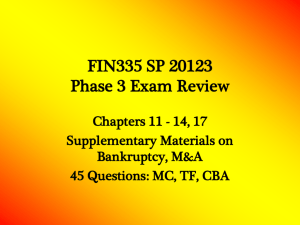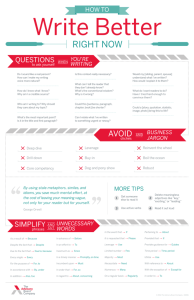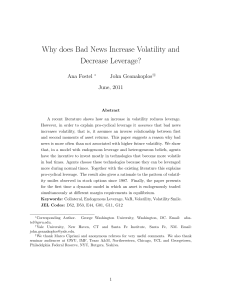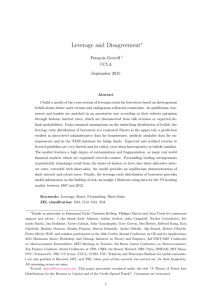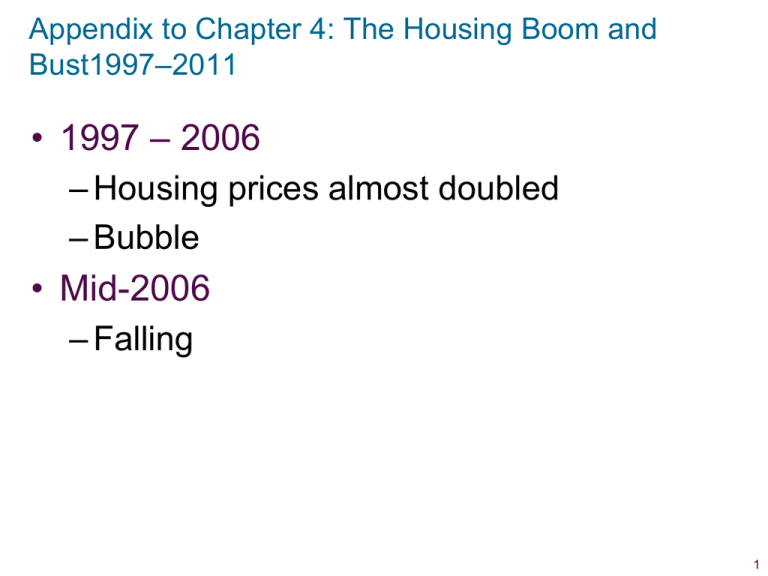
Appendix to Chapter 4: The Housing Boom and
Bust1997–2011
• 1997 – 2006
– Housing prices almost doubled
– Bubble
• Mid-2006
– Falling
1
Index of Home Prices, Adjusted for Inflation
After adjusting for price changes from general inflation, the housing boom began in 1997, and
home prices increased ever more rapidly until 2006. That marked the beginning of the housing
bust, with prices dropping dramatically for several years.
© 2013 Cengage Learning. All Rights Reserved. May not be copied, scanned, or duplicated, in whole or in part, except for use as
permitted in a license distributed with a certain product or service or otherwise on a password-protected website for classroom use.
2
The Housing Boom
• Causes for rapidly rising demand
– Economic growth
– Low interest rates
• The Fed
• Global financial forces
3
The Housing Boom
• Causes for rapidly rising demand
– Government policy: encouraged home
ownership
• Mortgage interest payments: deducted from
taxable income
• Increased funding available for mortgage
lending
• Higher capital gains exclusions on home sales
4
The Housing Boom
• Causes for rapidly rising demand
– Financial innovations
• More-attractive terms for borrowers (ARM)
• Securitization: made mortgage-lending more
attractive
– Mortgage-backed securities
– Deteriorating lending standards
• Subprime loans
• Declining down-payments
– Speculation
5
The Housing Bust
• Mid-2006: a sudden drop in demand
– Oil and gasoline prices spiked
• Many new homeowners were struggling to
make ends meet
– Interest rates on a large group of
adjustable rate mortgages reset to higher
levels
– Disturbing rise in defaults
• Subprime mortgages with no down payments
– Prospect of higher default rates
6
The Housing Bust
• Mid-2006: a sudden drop in demand
– Interest rates on new mortgages rose
– Demand curve for housing shifted leftward
• Housing prices fell
– Speculation
• Demand curve shifted further leftward
• Housing prices fell even more rapidly
7
The Long Housing Slump
• End of 2008 through 2011
– The U.S. economy suffered the aftermath
of an unusually severe recession
– High unemployment and declining
incomes
• Millions of homeowners struggling to pay their
monthly mortgage bills
• More mortgage defaults
8
The Long Housing Slump
• End of 2008 through 2011
– Financial institutions foreclosed on close to
3 million homes
• Several million additional homes had received
legal notices
• By mid-2011
– Average U.S. home price (adjusted for
inflation) had fallen to 40% of its peak five
years earlier
9
Understanding Leverage
• Without leverage
– 10% higher housing prices
• 10% capital gains
• Pay $100,000 cash and price increases to
$110,000 - 10% capital gains
– 10% lower housing prices
• 10% capital loses
10
Understanding Leverage
• Leveraged financial investment
– Using borrowed money to buy a home
– 10% higher housing prices
• More than 10% capital gains
– 10% lower housing prices
• More than 10% capital loses
• Leverage
– Magnification of gains and losses through
borrowing
11
Understanding Leverage
• An owner’s equity in an asset
– Difference between the asset’s value and
any unpaid debts on the asset
– Equity in Asset = Value of asset - Debt
associated with asset
• Simple leverage ratio
– Ratio of an asset’s value to the owner’s
equity in the asset
– $500,000 / $100,000 = 5
12
A.1
Leveraged Buying and Selling
© 2013 Cengage Learning. All Rights Reserved. May not be copied, scanned, or duplicated, in whole or in part, except for use as
permitted in a license distributed with a certain product or service or otherwise on a password-protected website for classroom use.
13
Understanding Leverage
• Simple leverage ratio is a “Rate-of-return
multiplier”
• Rate of return on the (leveraged)
investment equals
Rate of change in a home’s price x the
leverage ratio
10 % price increase x 5 = 50% rate of
return
14
Understanding Leverage
• When asset prices rise
– Leverage increases your rate of return
dramatically
• When asset prices fall
– Leverage increases the chance of wiping
out your entire investment
15



